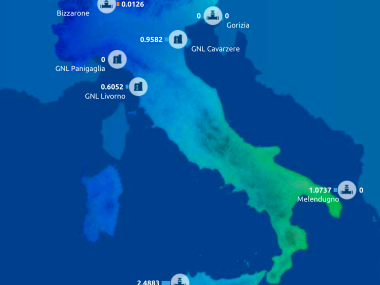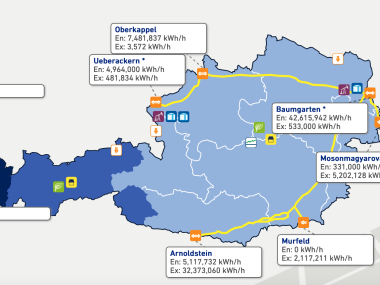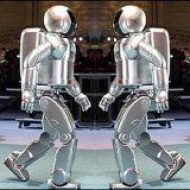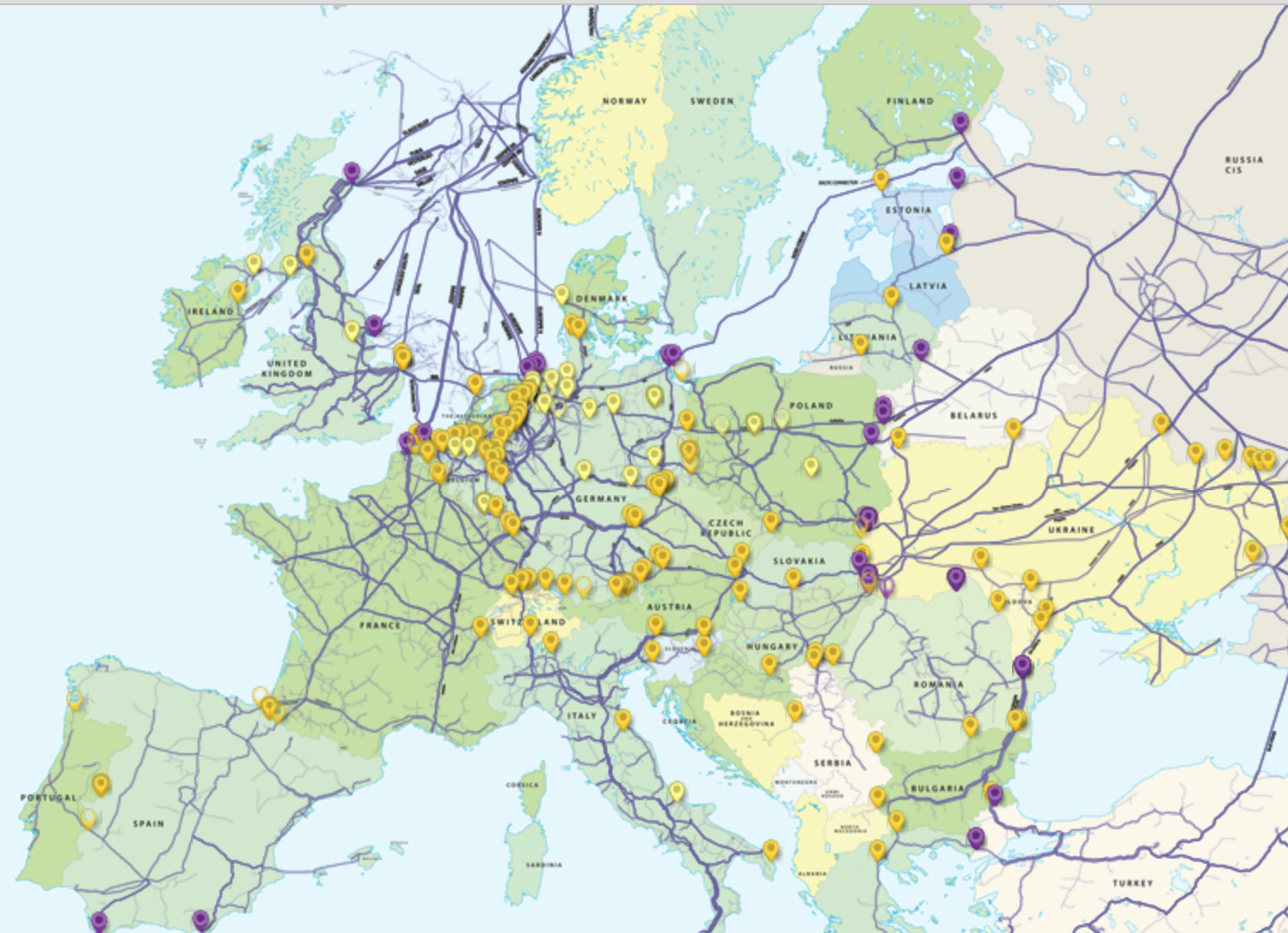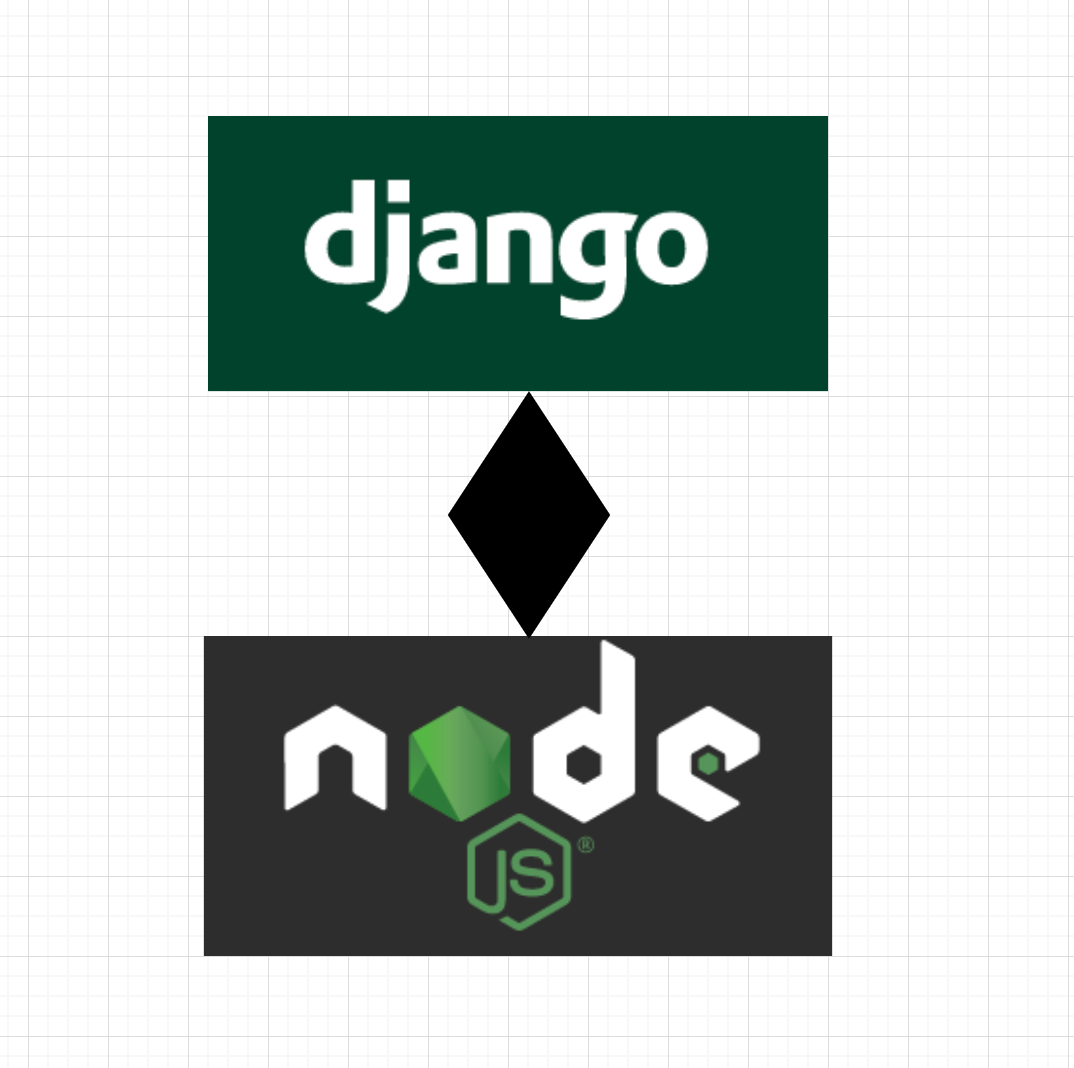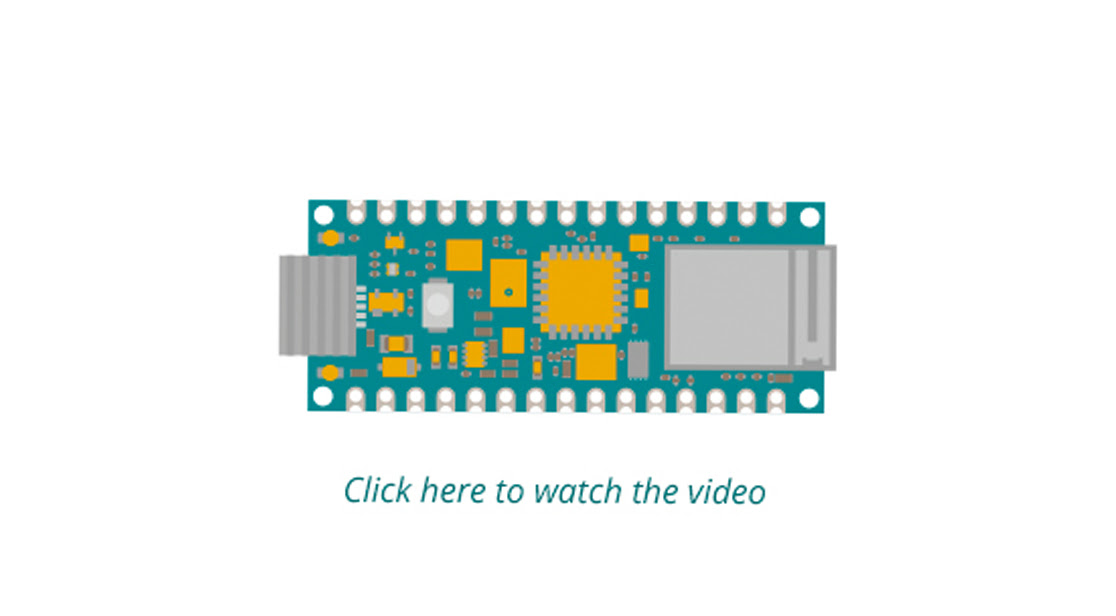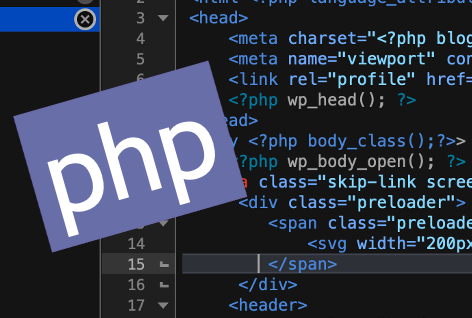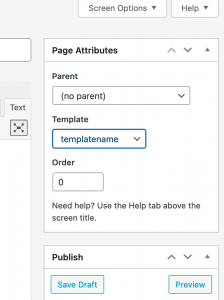Due to the terrible war against Ukraine, another critical element in our infrastructure emerged. Europe depends heavily on the gas supply through the existing pipeline network and we will have to wait at least another decade until alternatives like clean hydrogen might fill these pipes.
At least there is current information available about the current state of the storage facilities and the transportation of the gas and here we present some of these data services:
ENTSOG – Gas Facilities in Europe
ENTSOG provides a Union-wide platform where all Transmission System Operators for gas make their relevant data publicly available. The Transparency Platform provides technical and commercial data on gas transmission systems, which include interconnection points and connections with storages, LNG facilities, distribution networks, final
consumers and production facilities.
The platform is available via the web address: https://transparency.entsog.eu
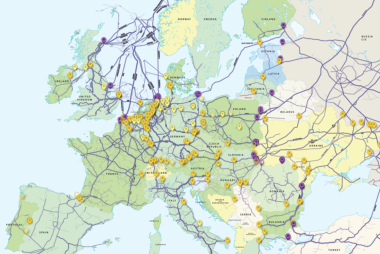
AGSI+ AGGREGATED GAS STORAGE INVENTORY
This website publishes storage inventory as per member state, storage operator and storage site. There you can drill down to the current fill-state of a gas storage next to you. As of 21. March 2022 the storages are filled on average to about 25%. For a daily update visit https://agsi.gie.eu
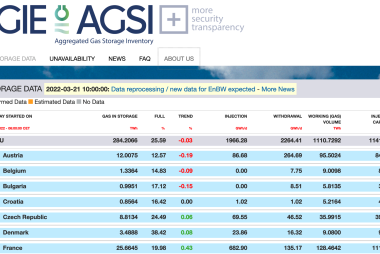
Local Data Services
Finally some regional examples. All member organisations of the gas industry are required to publish the state of their systems in a transparent way. Two examples from Austria and Italy are shown here.
